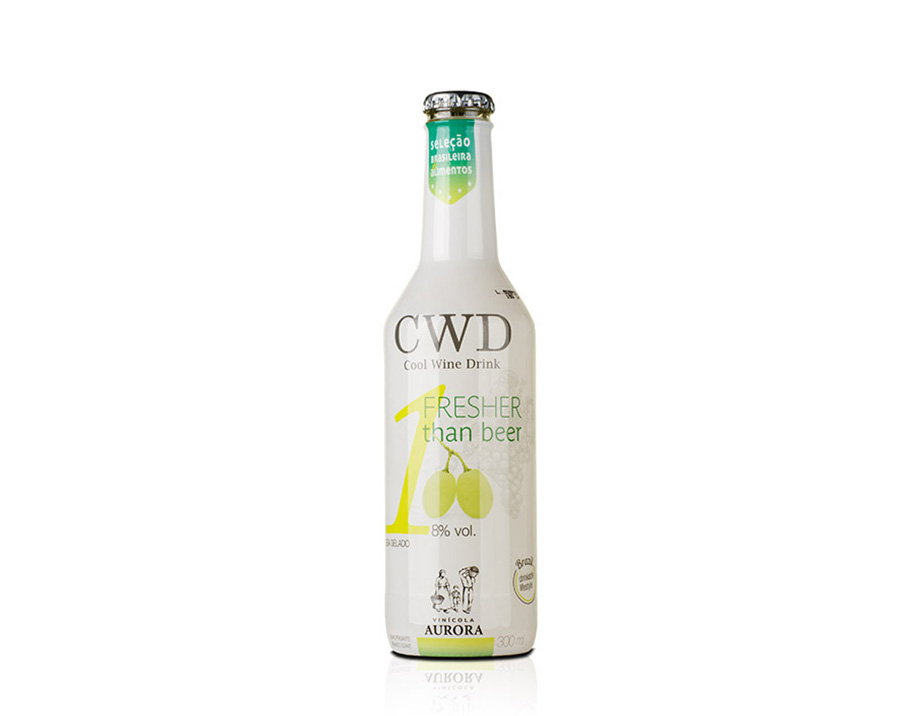In appearance, many end users will find that biofilm bags are almost identical to old polypropylene bags. They are very stable - they are designed to decompose by composting at the "end of life" rather than during storage. The following information should help explain the difference between polypropylene bags and their new compostable alternatives.
Our PLA films are made from plant starch and are fully biodegradable and compostable, meaning they can be broken down into carbon dioxide and water and then reused in the ecosystem to make new plants. This process can occur in commercial or home composting or landfills, but in commercial composting, the temperatures are higher and the process is much faster.
The biodegradation process uses naturally occurring bacteria/fungi to break down the film into CO2 and H2O and non-ecotoxic biomass (compost). In colder home composters or landfills, this would require the presence of the right bacteria/fungi to start the process and would only take longer.

Our PLA bags are made from sustainable and annually renewable plant starches derived from annually renewable crops, rather than non-renewable petrochemical plastics. This provides a greener alternative to polypropylene, for example, without wasting the earth's limited supply of petrochemicals and increasing greenhouse gas emissions.
Biofilm should have a shelf life of up to 12 months under ideal conditions, but likely a bit longer (some of our original cornstarch bags have a longer shelf life, but the new vegetable starch bags were only introduced last year, so we don't have a clear time scale before they start to degrade). The main thing to maximize shelf life is to avoid exposure to humidity and excessive heat, moisture and light. Biofilm bags are also very stable when splashed with water - they don't start degrading immediately, so if wiped off in time they shouldn't cause harm.
Although PLA is a versatile material, it is not suitable for certain jobs. It's more brittle than polypropylene and more likely to leave marks - so it's not strong enough for heavy or sharp items. It also requires more careful handling than polypropylene when wrapping cards, for example. In addition, it is not waterproof, so it is not suitable for holding wet products.
Biofilms cannot be used for archival purposes, and we cannot guarantee that they are "acid-free" for use in valuable paintings, etc.
Recently there has been some confusion between biofilms (PLA) and oxo-degradable plastics. oxo-degradables are conventional plastics with additives to help them break down into microplastic particles. Therefore, you can rest assured that we do not offer oxo-degradable plastics. All of our biofilms (PLA) and cellulose bags are biodegradable and compostable - they are not oxo-degradable!
We believe that in a world where petrochemical-based single-use plastics are rarely recycled, many will inevitably end up in landfills or worse. Therefore, we are committed to expanding the range of biodegradable and compostable packaging from renewable and sustainable sources.
If you need to purchase packaging film, please contact us for a quote and we will be happy to serve you.
Copyright © HUBEI HYF PACKAGING CO., LTD. All Rights Reserved | Sitemap
| Powered by

SEOKeywords:Shrink Wrap Film Customized Biodegradable Shrink Film Pvc Shrink Film Rolls Flexible Packaging Film Petg Shrink Film Properties Custom Printed Shrink Film High Shrink Petg Shrink Film China Pvc Shrink Wrap Film Shrink Sleeve Plastic Label Films Shrink Sleeve Packaging Pvc Shrink Film Manufacturing Process Pvc Super Clear Shrink Film Heat Shrink Film Roll Pvc Shrink Film For Bottle Label Price Shrink Wrap Uses China Shrink Film Pvc Clear Shrink Film Printable Shrink Film Plastic Shrink Film